Here in the U.S., if you follow ski mountaineering news, the buzz is all about 37-year-old Polish skier Andrzej Bargiel’s complete summit-to-basecamp descent of Mount Everest (8,849m). Bargiel once again chose to climb and descend without supplemental oxygen: a benchmark of his high-altitude achievements. Prior to his descent on September 22, Bargiel had attempted to climb/ski Everest on two other occasions. His first attempt in 2019 was aborted when a large serac threatened the Khumbu Icefall, a notorious maze of objective hazards located low on the mountain’s south side. He tried again in 2022, only to abort the mission at the South Col due to extreme wind.
His recent ski is being lauded as the first complete ski descent of the mountain.
Bargiel gained notoriety in recent years for his solo climb and ski of the planet’s second-highest, but more technical, K2 (8,611m). During that 2018 expedition, most of us were introduced to an athlete determined to set a new narrative for ski mountaineering in the Greater Ranges. We learned that Bargiel combined elite fitness with an uncanny ability to keep the nerves unfrayed in technical terrain. In that film, we were also introduced to a beneficial tactic employed by his team: scouting the route’s upper flanks with a drone, which could provide real-time footage of snow conditions and could, on some occasions, be used to help Bargiel navigate. Although details about his Everest ski are being revealed, it appears that the use of a drone helped Bargiel navigate the mountain’s tricky lower complexities.
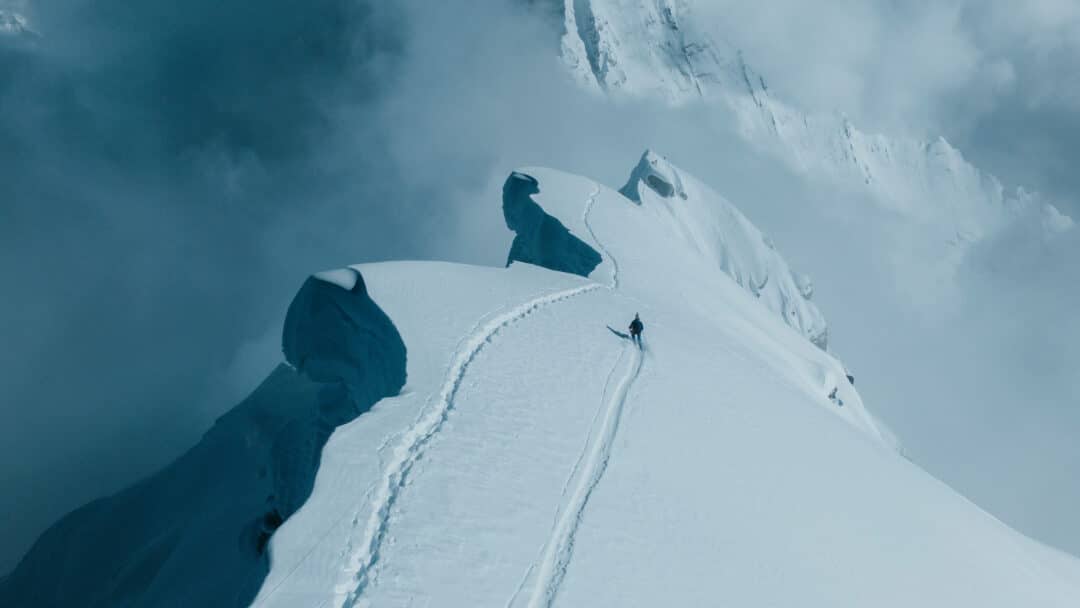
Attention gravitates toward Everest because it is the world’s highest mountain. In 2000, Slovenia’s Davo Karničar is credited with the first top-to-basecamp descent with the use of supplemental oxygen. Hans Kammelander, a noted Italian mountaineer, pushed limits in 1996 when he clicked into skis roughly 300 meters below Everest’s summit and descended on skis without supplemental oxygen.
Here is a breakdown of Bargiel’s ascent/ascent according to a RedBull Press Release.
Total Time: 4 days, 4 hours, and 15 minutes — departing Everest Base Camp at 04:30 local time on September 19 and returning at08:45 on September 23.
Route Overview and Timeline
Everest Base Camp to Camp IV: On September 19, Andrzej Bargiel left Everest Base Camp at 04:30 local time and followed an acclimatisation protocol, making several ascents and descents between the camps. This gradual rotation through Camps I, II, and III allowed him to adapt to the extreme altitude before establishing himself at Camp IV on the South Col (7,900 metres), ready for the final summit push.
Summit Push: On September 21, Bargiel left Camp IV at the South Col (~7,900 metres) at 23:24 local time. Due to heavy fresh snowfall, which made trail-breaking more difficult, the ascent lasted much longer than expected. He spent a total of nearly 16 hours in the death zone before summiting at 15:00 on September 22, without supplementary oxygen.
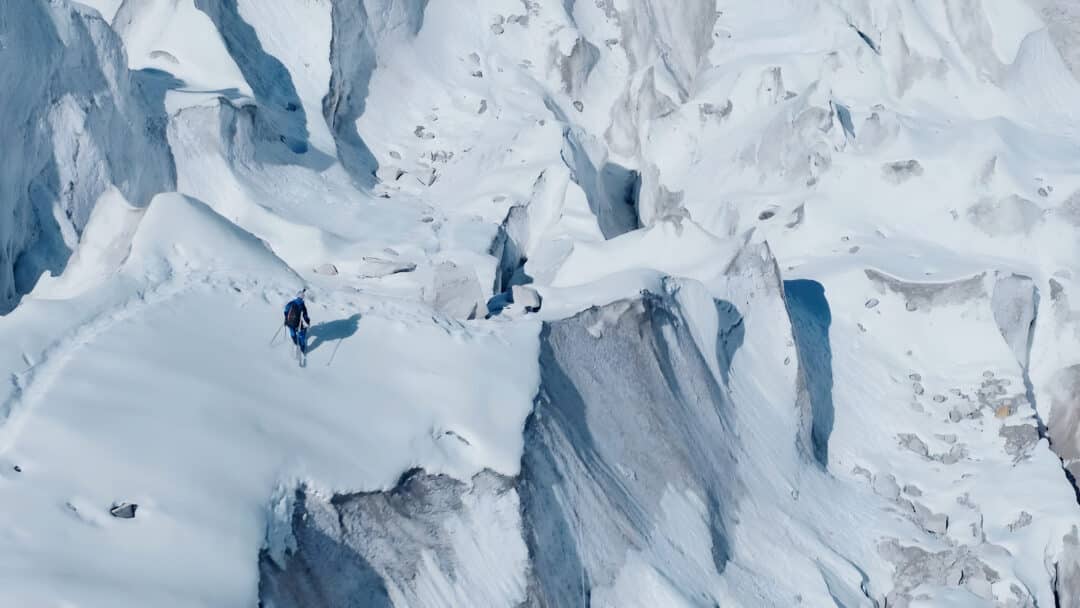
Ski Descent (Summit to Camp II): After reaching the summit at around 15:17 local time, Bargiel spent only minutes on top before clipping into his skis and beginning his descent. By 15:35, he had passed below the famous Hillary Step, continuing on towards the South Summit. At 15:45, he was seen riding along the ridge before reaching the Balcony and later the South Col. By 17:20, Bargiel had descended below Camp IV and continued left of the Geneva Spur en route to Camp II. He arrived at Camp II (~6,400metres) at 20:30 local time, by which point it was already dark, making safe navigation impossible.
Ski Descent (Camp II to Everest Base Camp): On September 23, around 07:00 local time, Bargiel resumed skiing from Camp II, descending along the Mount Everest shoulder walls. By 07:50, he had passed Camp I, continuing across the slopes of Nuptse, crossing the treacherous Khumbu Icefall on skis, navigating a labyrinth of shifting ice and deep crevasses – without ropes or fixed lines, guided in part by a drone flown by his brother, Bartek. He reached the end of icefall and the snowline at Everest Base Camp at 08:45 local time, completing the first-ever ski descent of Mount Everest without supplementary oxygen.

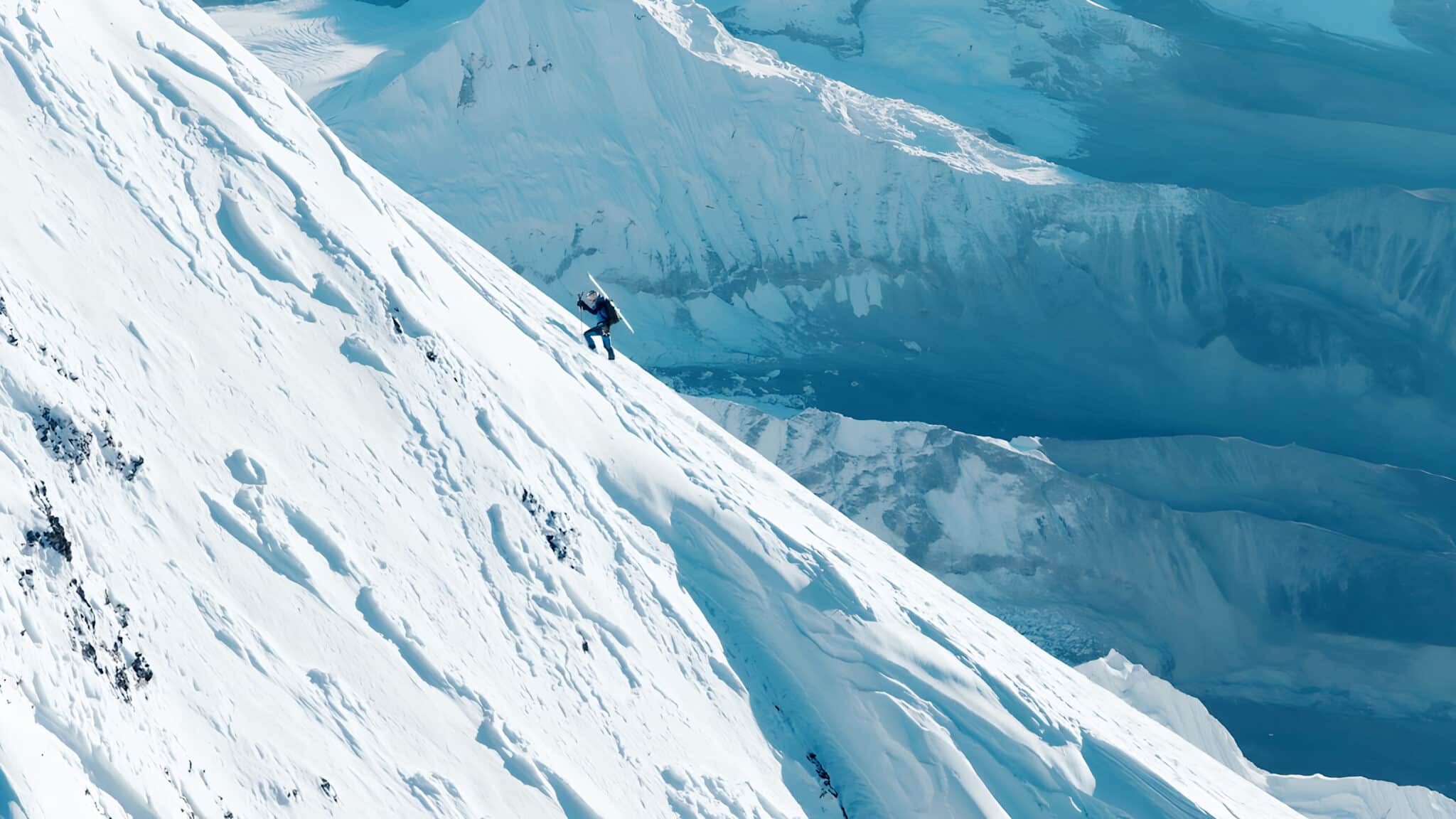
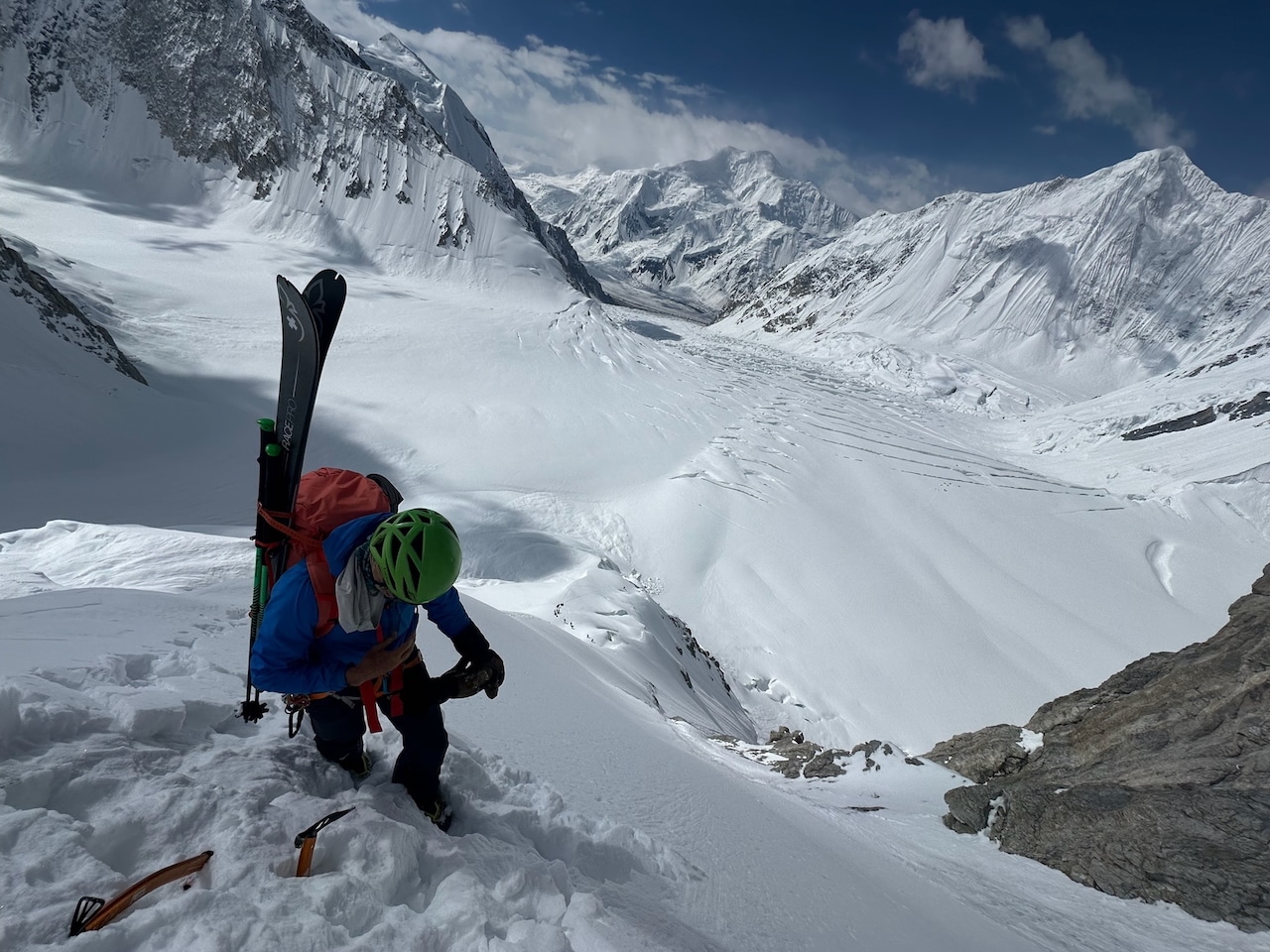
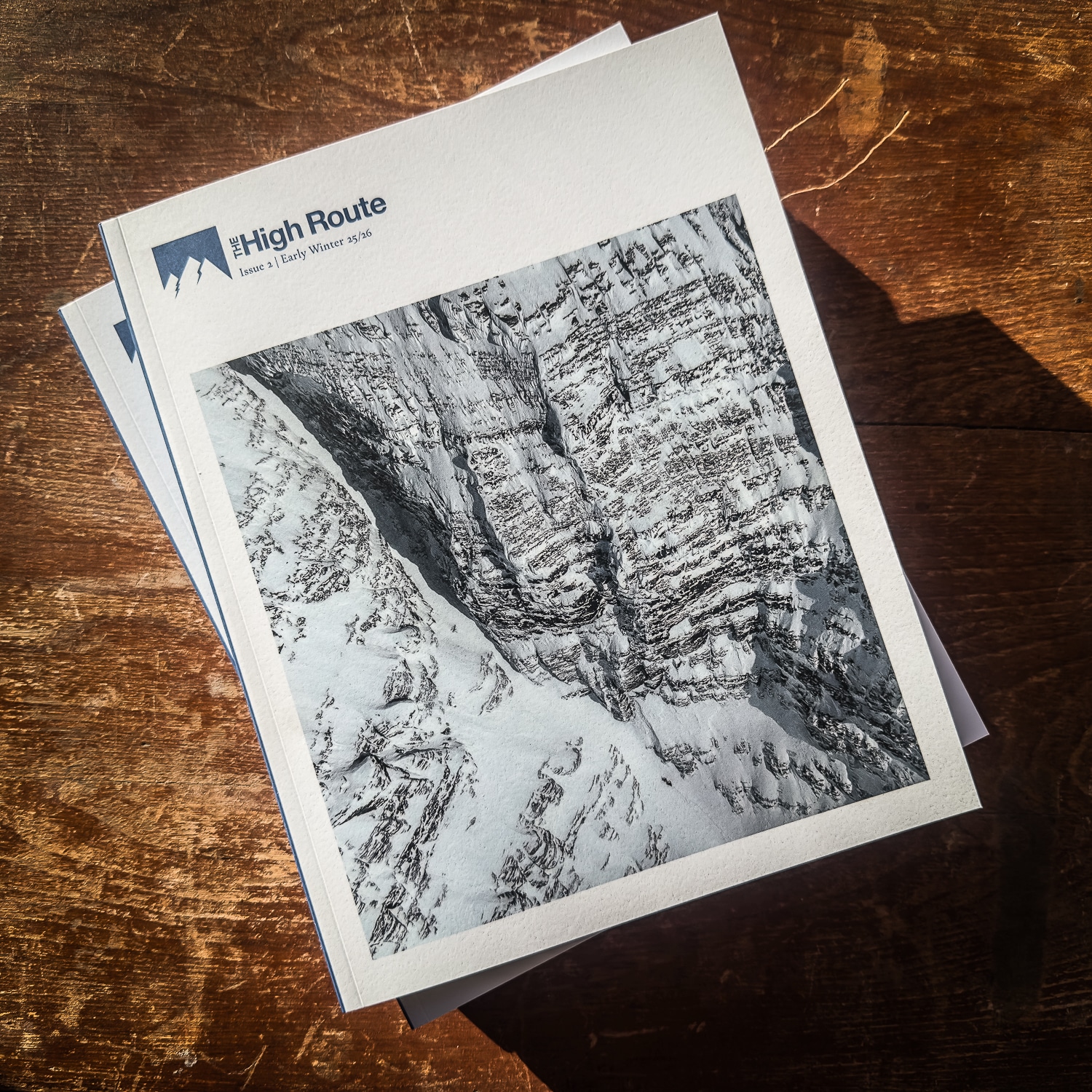
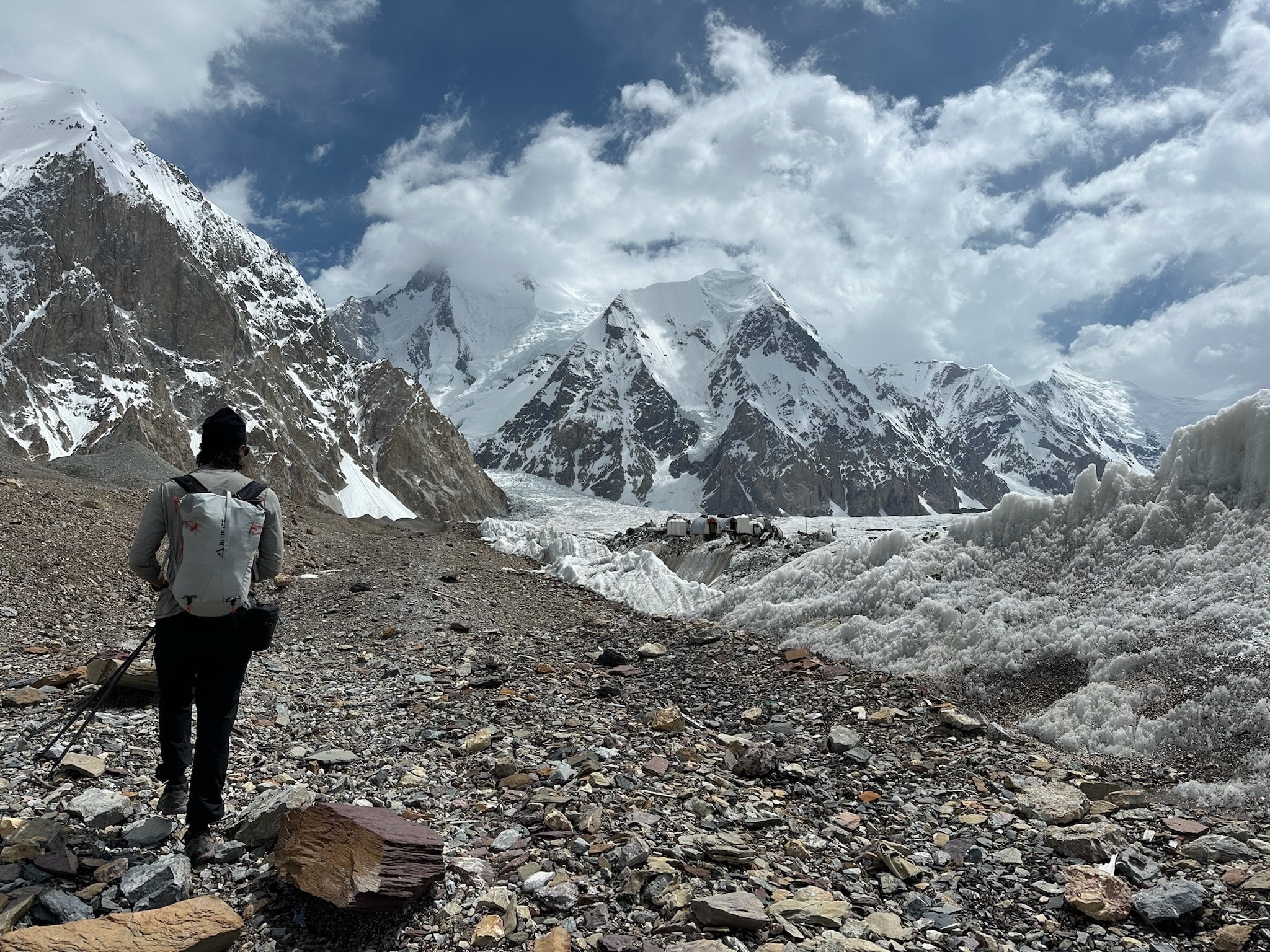
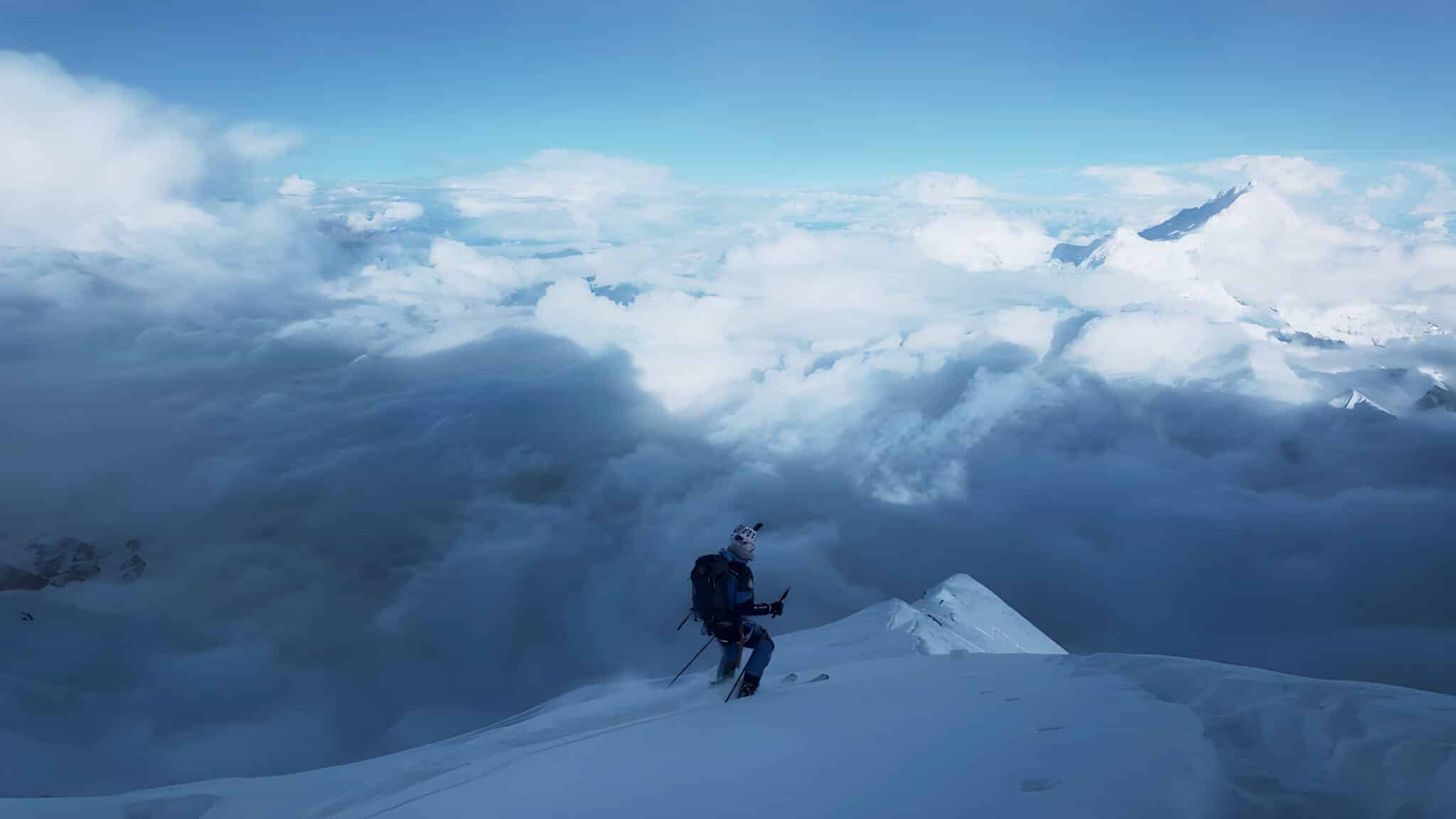
Leave a Reply
You must be logged in to post a comment.